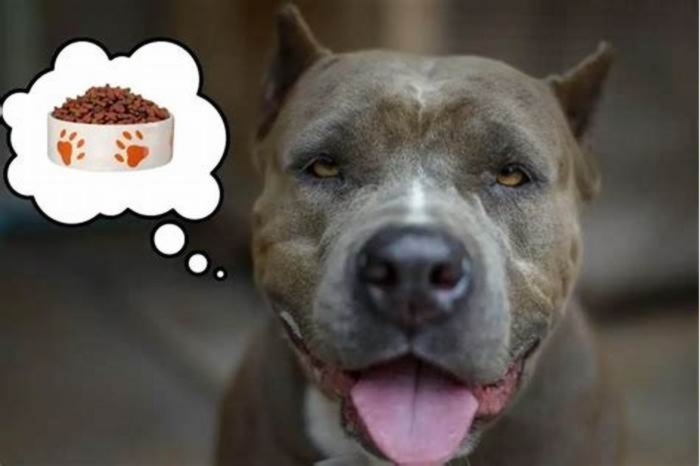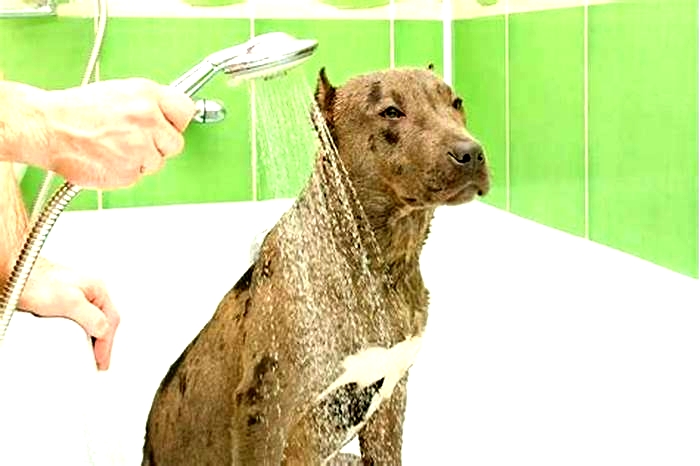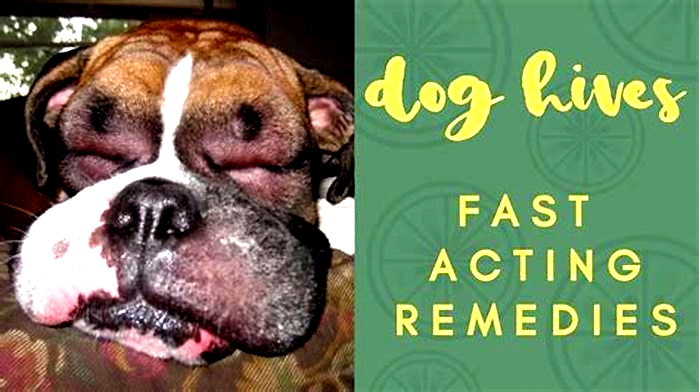Are pitbulls hypoallergenic

Are Blue Nose Pitbulls Hypoallergenic?
Reading Time: 7 minutesWhile pitbulls are not the worst dogs for people with allergies, they are not hypoallergenic dogs. Shedding their fur year-round, the blue nose pit bull produces a large amount of fur, dander, urine, and saliva, all common dog allergens.
Read on to learn more about why blue nose pit bulls are not hypoallergenic and what pet owners should know before adopting.
What Does Hypoallergenic Mean?
The word hypoallergenic describes an object that is unlikely to cause an allergic reaction.
Humans are usually allergic to parabens and sulfates, so you will see the label hypoallergenic on the back of many shampoos that are free of those. This is because they are less likely to cause reactions.
Hypoallergenic Dogs
When used to describe hypoallergenic dogs, hypoallergenic means that a dog has characteristics that are less likely to cause allergic reactions, which usually means that they lack fur or have hair instead of fur. Hypoallergenic dogs tend to lick and drool less and are generally easier to house train.
Are Blue Nose Pit Bulls Hypoallergenic?
Unfortunately, the pit bull is not one of the hypoallergenic dog breeds. This is because the blue nose pit bull produces many allergens, including pet dander, fur, urine, and saliva.
Kinds of Dog Allergens
Allergic reactions to dogs are caused by overactive immune systems that create an adverse physical response to proteins the dogs body produces, such as fluids and oils.
Many believe that the fur is purely what causes allergic reactions to dogs. Thats not entirely true, however. People arent allergic to the fur itself but the proteins in the oil that coat the fur. These are the same proteins that will also coat dog dander. Therefore, excessive fur and dander around the house will cause people with these allergies to adverse reactions.
These are called allergens and are what peoples immune systems negatively respond to.
Why Arent Pitbulls Hypoallergenic?
Pitbulls are not hypoallergenic because they do not meet the physical and behavioral characteristics required to reduce human exposure to dander, fur, urine, and saliva.
Although no breed is entirely allergen-free, many breeds have qualities like little to no shedding or drooling that would allow them to be deemed as hypoallergenic dog breeds.
Well go over a couple of reasons why the blue nose pitbull is not a hypoallergenic dog breed below.
Hair
Pit bulls have fur, which is actually a lot different than hair. Although dogs who have hair arent completely hypoallergenic, most people usually label them as so.
Hair is different from fur because it grows from the base without falling out. On the other hand, fur grows to a certain length before falling out, to be replaced by their new fur.
That being said, the oils that cause allergies in a hypoallergenic dogs skin coat each strand of hair, but it stays with the dog instead of ending up all around the house.
Because of this, dog owners can control their allergies a little easier than owners of dogs who shed can.
Additionally, dogs with curly hair are more hypoallergenic than straight hair. A dog that has tightly curled hair, like a poodle, is safer for people with allergies because their hair gets caught in their coat instead of on the floor.
Wiry coats are also known not to fall out regularly, making them a great option, as well.
The next best option is an entirely bald dog since it completely erases the allergen from the equation. As a result, they have no hair to shed, and the oils stay on their skin.
Pitbull Hair
The pitbull has a thin layer of fur known to shed heavily all year, especially early summer and spring.
That being said, a blue nose pit bulls hair will be better than a larger dog with long furs, such as the Saint Bernard.
Size
Smaller gods have less skin, which means less skin to produce allergens than a bigger dog. This is why many dog breeds that happen to be on the smaller side end up being more hypoallergenic than larger dog breeds.
Pitbull Size
The blue nose pit bull, on average, weighs about 45-50 pounds, which means they are in the medium-size category. Although their coat is similar to a few tiny dogs, you can expect at least ten times the amount of shedding.
That being said, the pit bull is still much smaller than many very large dog breeds, making them sit in between when it comes to how hypoallergenic dogs can be.
Skin
Dander is another allergen dogs create. Although people arent necessarily allergic to the dander itself, they are allergic to the oils that the dander is coated in.
When dogs have oily, healthy skin, they are less likely to develop dander that will later be spread around the house. This means that they would be more hypoallergenic than other dogs.
The Pit Bulls Skin
Unfortunately, if pitbulls are known for one thing, its the issues with their skin. They are prone to skin allergies and are more likely to develop immune disorders, which will just, in turn, create more allergies.
If your pit bull has terrible allergies, this can cause them to have dry, patchy, itchy rashes, which will make them itch, causing even more fur and skin cells to shed.
Drool
Dogs known for excessive drooling are less hypoallergenic than those known not to drool at all. Unfortunately, the proteins that cause allergic reactions are found in a dogs saliva.
Overall, dogs who have short snouts have been known to be more prone to snoring, respiratory issues, coughing, and sneezing, which also makes them more likely to spread their drool around your home.
Pit Bull Drool
Compared to the average dog, pit bulls tend to drool more. Although they are not the worst droolers by any stretch, they do drool quite a bit, which is common in any dog with that kind of head shape.
Saliva
Piggybacking on drool, dogs who arent known to lick people much are also more hypoallergenic than those who do.
As mentioned above, saliva is also a problem for many people with allergies.
Pit Bulls and Licking
Pit bulls are one of the friendliest dog breeds, and they love to lick people! They always bond with their owners and show their love by licking.
If you have a dog who licks all the time while you have pet allergies, you will more than likely find yourself having reactions all the time simply from their saliva.
House Training
Since urine is an allergen, dogs who are easier to house train are generally more hypoallergenic. This is because dogs who are harder to house train would likely pee inside your house, spreading the allergen all around.
This can be a problem for dogs, even if they are typically considered hypoallergenic. Even the safest dog may have difficulty being house trained, and people with a dog allergy will still have reactions to their urine.
The Blue Nose Pit Bull and House Training
Pit bulls are outstanding for house training, and are much better than many other dogs, actually!
Theyre an intelligent breed and will want to satisfy their owner by waiting to go outside.
Related Contents:
Can Pit Bulls Become a Hypoallergenic Dog?
The only way to make your blue nose pit bull more hypoallergenic is by limiting your exposure to their allergens, such as the dander, saliva, urine, and fur.
Lets go over how to limit your exposure to these.
Saliva
To control your reaction to their saliva, you should consider training your dog not to lick you. Not being exposed to your dogs saliva at all will make your dog hypoallergenic in that regard.
Although training them is easier said than done, you should also try giving them something else to lick or chew. On top of that, once they have been good, try scratching their head or stomach for encouragement.
The other concern you should be weary of is the pit bulls habit of licking couches, chairs, and pillows. Depending on how intense your allergy symptoms are, you may want to consider trying to train them to stop doing this, as well.
It will be easier to do this with a blue-nose pitbull puppy since they will grow up already trained for this.
Drooling
Although pit bulls do drool, they dont tend to do it more than many other dog breeds. However, if you are very allergic to their drool, you should try having a towel ready to dry off their face after walks or even playtime.
Another way to control some drool is to lay down towels around your house, such as by their water bowl or food dish, since they usually drool more around those areas.
Another way you can try to control drool is by getting them a bandana around their neck. This way, it can absorb some drool before it ends up on the floor or you!
Shedding
The best way to deal with the allergens from blue nose pit bulls is to control their shedding. Their iconic blue coat is beautiful, but its much different from a Siberian huskys double coat and other breeds. Your pitbulls fur is much thinner, and they will lose hair all year long.
To do this, you should make sure that your house is clean. This means possibly steam cleaning your carpets and furniture, too.
After this, you can purchase a vacuum that works by itself to be scheduled to run at certain times. This will cut down on the amount of dander significantly.
Additionally, it would be best to clean your pit bulls dog bed whenever possible, as cleaning it can minimize pit bull allergens in the air. As your dog sleeps, your dogs short coat will shed, which will lead to more allergies for you.
Allergy sufferers should take their dogs in for regular grooming.
Dander
To minimize the dander your dog sheds, you should brush them regularly outside with a brush designed to control dander. Doing this outside will eliminate the amount of dander that will end up on your furniture again, as well as the airborne allergens.
Your dog can also be bathed to remove the excess dander and loose fur from your dog, although many dog shampoos will strip grease and oil from their coat. Unfortunately, this can lead to their skin drying out, which can cause even more dander!
Because of this, it is recommended that you bathe them without shampoo. The pit bull terrier has dry skin already; you dont want to dry it out even more!
If your pitbulls coat has a lot of dander, you cant seem to get to go away, your American pit bull may have an allergy problem of their own, and you should talk to your vet about options to help them.
Urine
The pit bull breed is excellent for house training, so dealing with urine should not be an issue unless you have a pitbull puppy or a pit bull terrier with special needs.
If you have an allergic response to pitbull terriers, you should make sure to housetrain them, which any owner should do regardless of allergies.
What You Can Do To Help Allergies
If you have bad allergies to your pit bull terrier, there are several things that you can do to help.
Use An Air Purifier
Most allergens travel through the air, so using an air purifier can help by trapping the allergens, which will, in turn, improve the air quality in the room.
Medication
There are several different medications that you can use to help avoid a reaction to pitbull allergens. This includes allergy shots.
How To Know If Youre Allergic
If you have reactions every time you come in contact with your dogs allergens, you likely have an allergy.
However, sometimes its harder to figure out than that. If you talk to your doctor, they can administer blood tests to determine a persons allergies.
Symptoms of Allergies
Symptoms can include trouble sleeping, skin conditions, and even asthma.
Final Thoughts- Are Pitbulls Hypoallergenic?
Pitbulls are not hypoallergenic, but theyre far from the worst dog someone with pet allergies can get.
This particular breed can be managed if someone develops allergies, unlike some other bigger dogs with longer fur.









